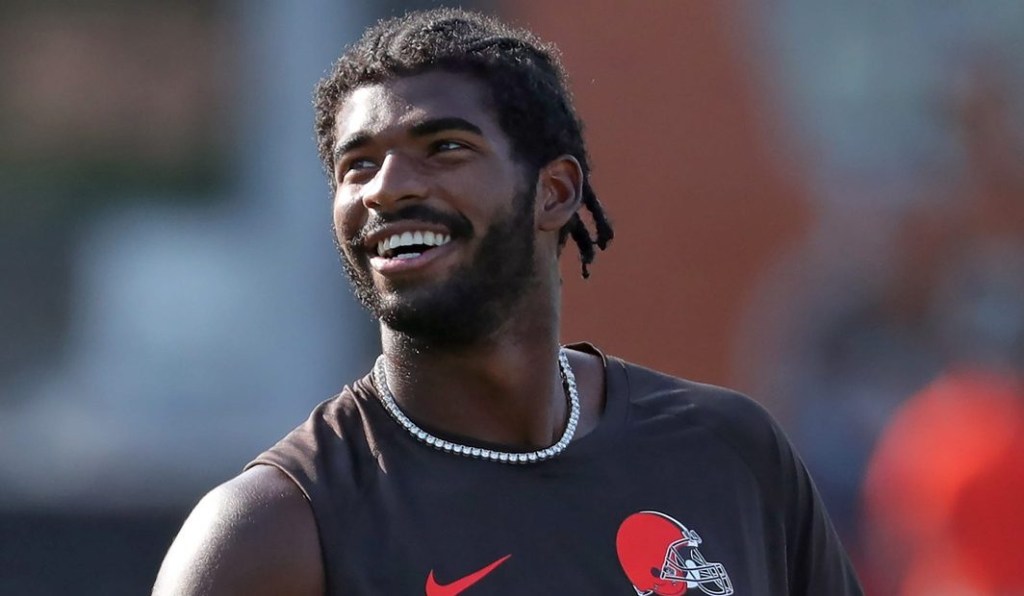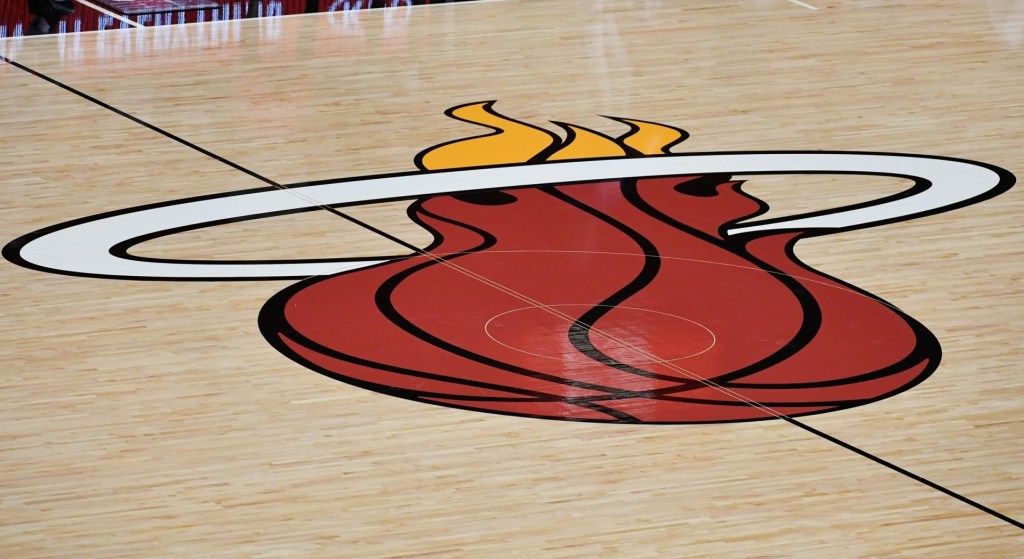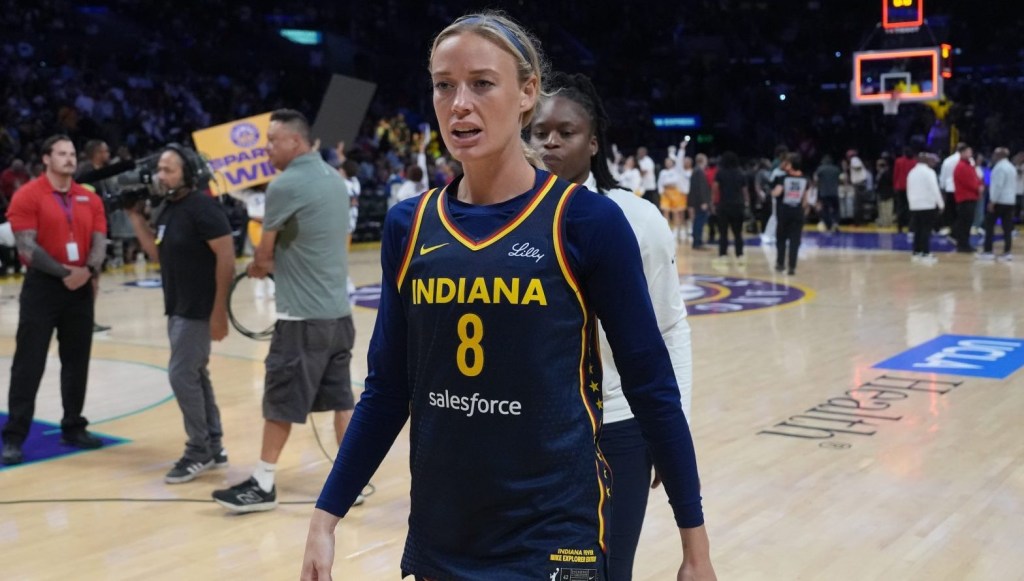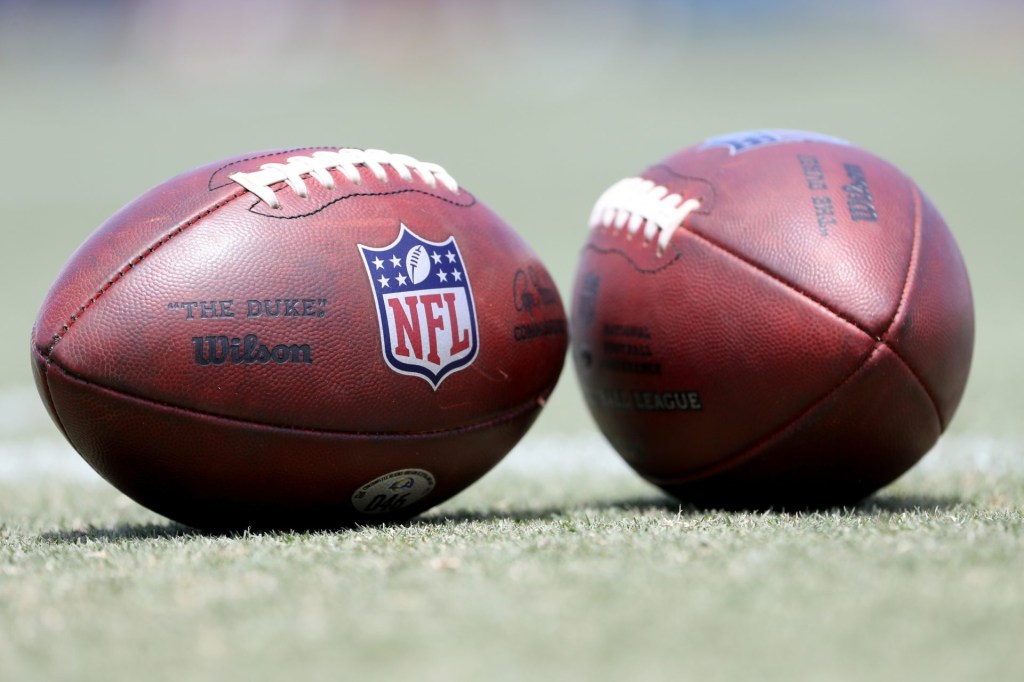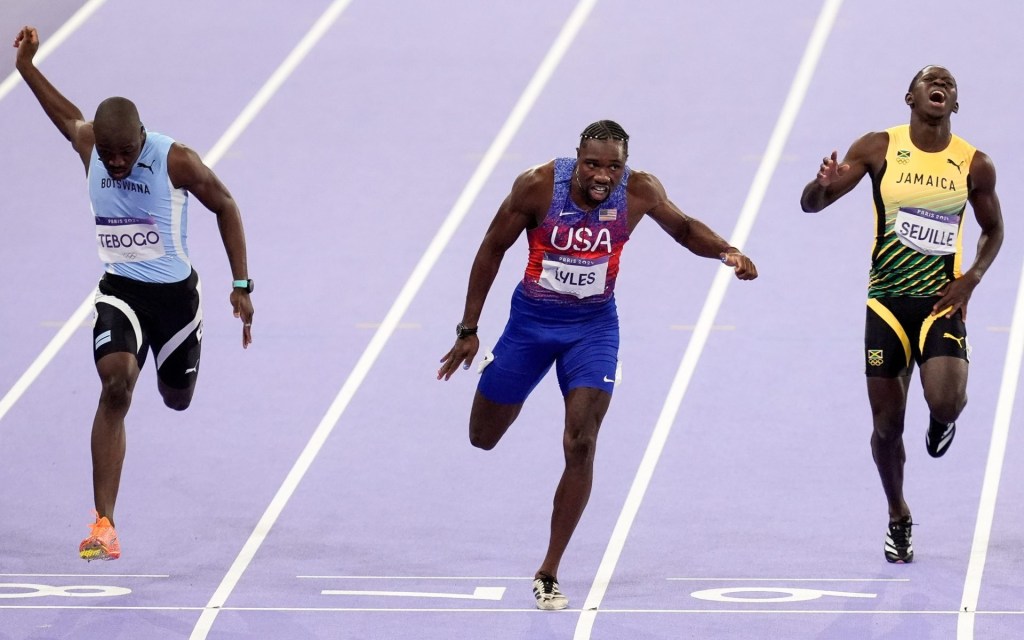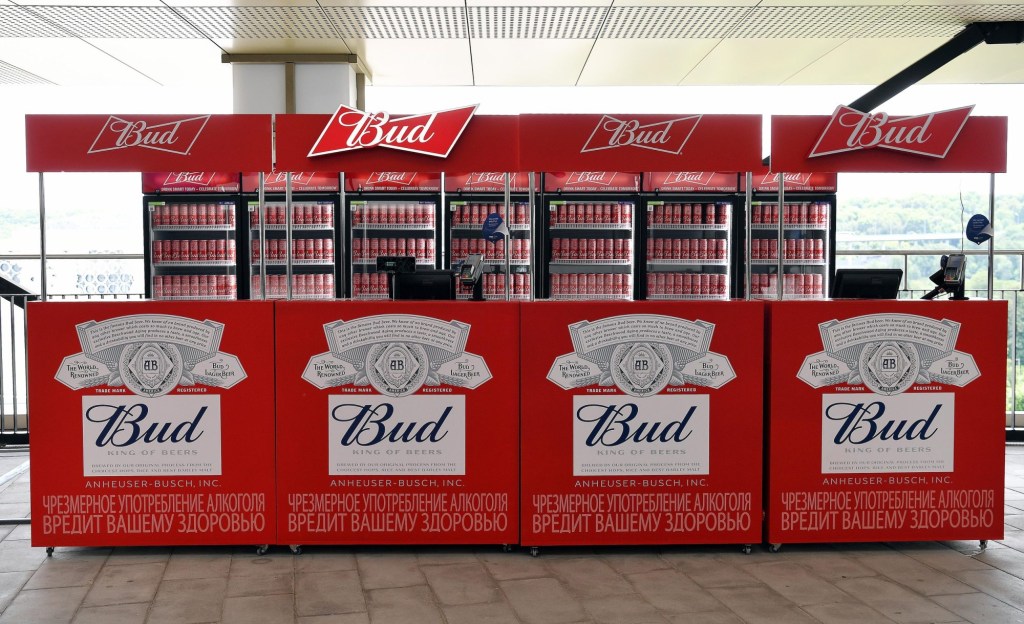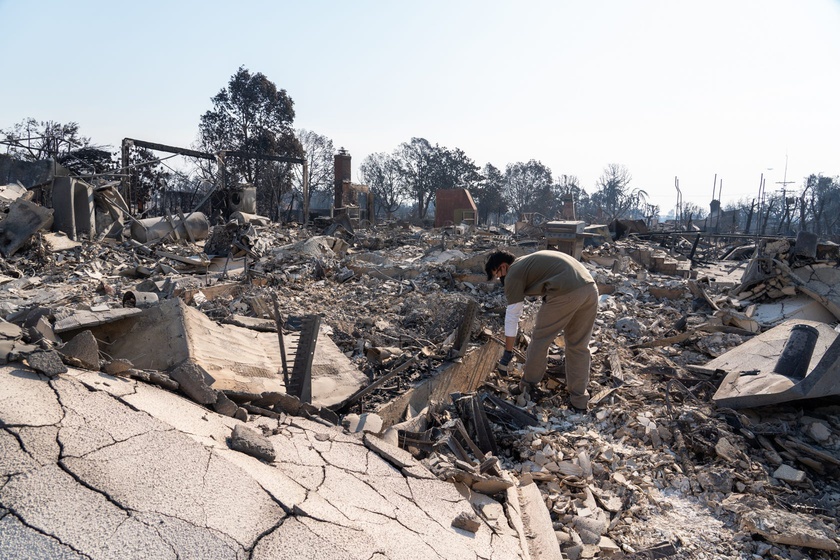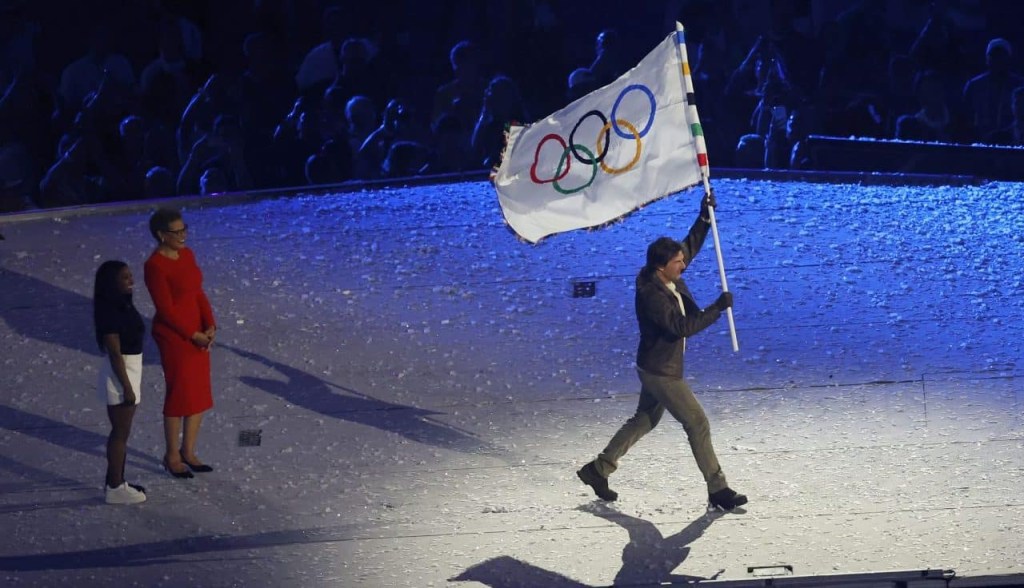It’s been more than a generation since Australia has commanded the global sports stage, and co-host New Zealand has arguably never gotten close. And before the Women’s World Cup even started, the countries’ hosting progress had dramatically diverged.
In Australia’s biggest event since the 2000 Sydney Olympics, the country has sold about 1 million tickets — the bulk of total tournament ticket sales of nearly 1.4 million, already confirmed to be a WWC record.
In New Zealand, the opposite has largely been true. Slow activity prompted FIFA president Gianni Infantino to plead for more sales, adding to a sponsored allocation of 20,000 free tickets, while the overall WWC reception has been relatively muted.
“New Zealand, we want you. We need you,” Infantino said. “It’s never too late to do the right thing.”
Though the two countries merged WWC hosting bids in 2019 and have been working together since, the separation isn’t surprising. Australia’s population, more than 25 million, is five times as large as New Zealand’s 5 million. Many fans need two separate travel visas to see matches in both countries.
The reputation of Sydney — already set to host one semifinal and the final in its Stadium Australia — is also burnished by the new Sydney Football Stadium, which will host a series of group-stage matches and a round-of-16 contest.
The 40,583-seat facility, rebuilt on the grounds of the original Sydney Football Stadium, is described as a “stadium in the park” and boasts design and environmental features far beyond other facilities in the region.

